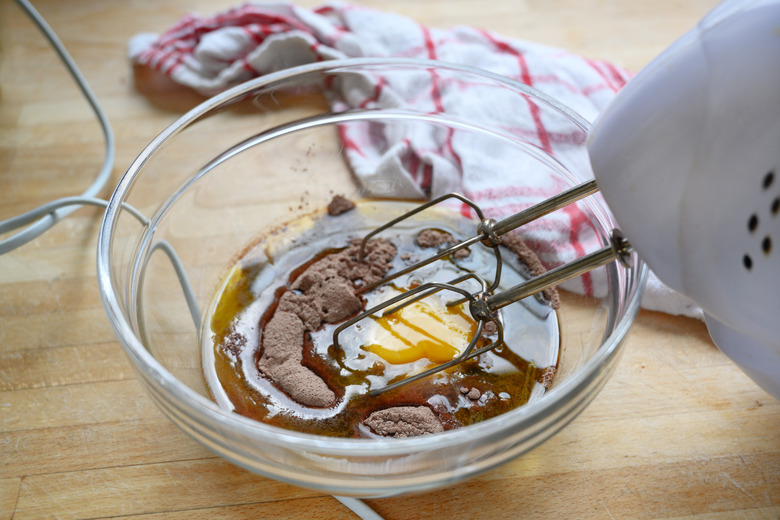How Does An Electric Hand Mixer Operate?
A hand mixer uses balloon whisks to beat egg whites into peaks and whip creams into fluffy clouds. The attachments and speeds work in harmony to create homemade meals and favorite dishes. Knowing how the electric mixer works can assist you in using it properly and possibly fixing any issues with a hand mixer that's not performing at its best.
How Mixers Came to Be
How Mixers Came to Be
The handheld electric mixer is often taken for granted, but the small appliance made cooking tremendously easier for home chefs. Since the early part of the last century, major manufacturers continue to whip up new designs and models using the same parts, although more streamlined since the basic elements of the mixer were invented nearly 200 years ago.
The hand mixer was first created in 1856 with rotating parts that were operated by hand. In 1885, American inventor Rufus Eastman added a motor to the handheld beaters. However, electric mixers didn't make it to the mass market until around the 1930s.
By the 1950s, the handheld electric mixer was an affordable and lightweight common household appliance. The main difference between the earlier models and today's versions are cost and weight, according to Kitchen Tool Reviews. The modern mixer models basically work the same as they did when mixers first hit the market.
Parts of a Hand Mixer
Parts of a Hand Mixer
The mixer is small, lightweight and packed with parts that work together in symphony to agitate ingredients in a bowl. Parts of a hand mixer include:
- Housing
- Motor assembly
- Pinion gears with spindles
- Worm gear
- Cooling fan
- Speed control switch
- On/Off switch
- Two balloon and/or straight beaters
- Beater ejector button
- Power cord
How the Parts Work Together
How the Parts Work Together
The electric hand mixer function is a symphony of precise movements by many small parts. Once it's plugged in, the hand mixer needs the beaters inserted into the housing under the main motor compartment in order to work. Hand Mix Center recommends that you read the owner's manual to understand how each type of beater works to ensure that you don't overheat the motor.
When the machine is on and the lever is moved forward or pressed to the first position, the beaters will begin to spin. As the speed is increased, the beaters will turn at a higher rate. The motor rotates the beaters with a thrust rod that quickly opens and closes the contacts to the switch in order to maintain a consistent and precise speed.
Beater Motion Explained
Beater Motion Explained
The gearing configuration that the beaters are inserted into reduces the rotation speed of the motor to the mixing speeds while the beaters turn in opposite directions at the same speed.
The cooling fan and horizontal worm gear are turned in sync when the speed setting is first turned on. The worm gear turns between the two pinion gears that are connected to the beaters' vertical shafts inserted into the motor.
By whirling the beaters in opposite directions, one clockwise and the other counterclockwise, at the same time, the ingredients are drawn in and through the metal beaters.
